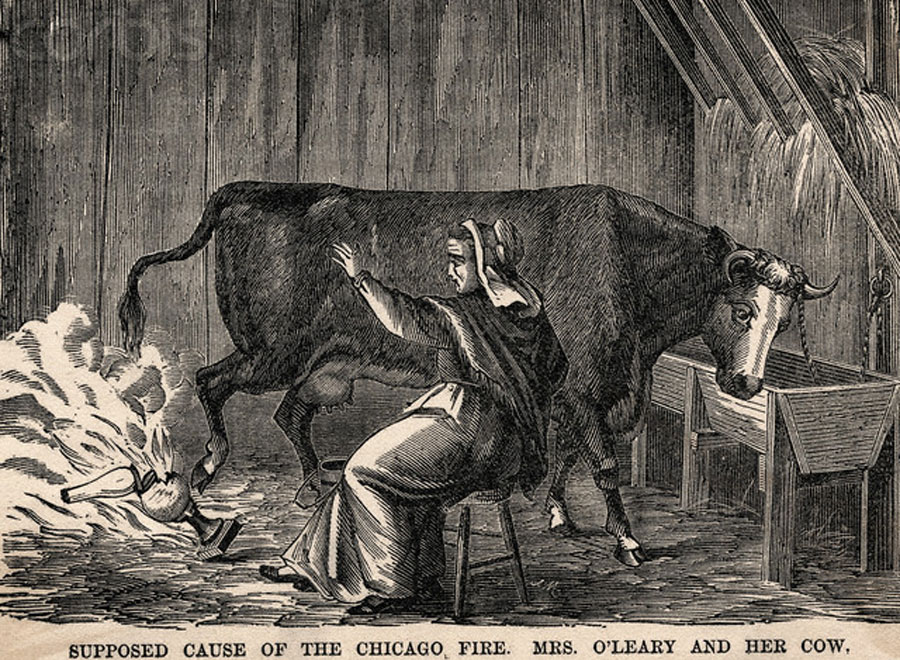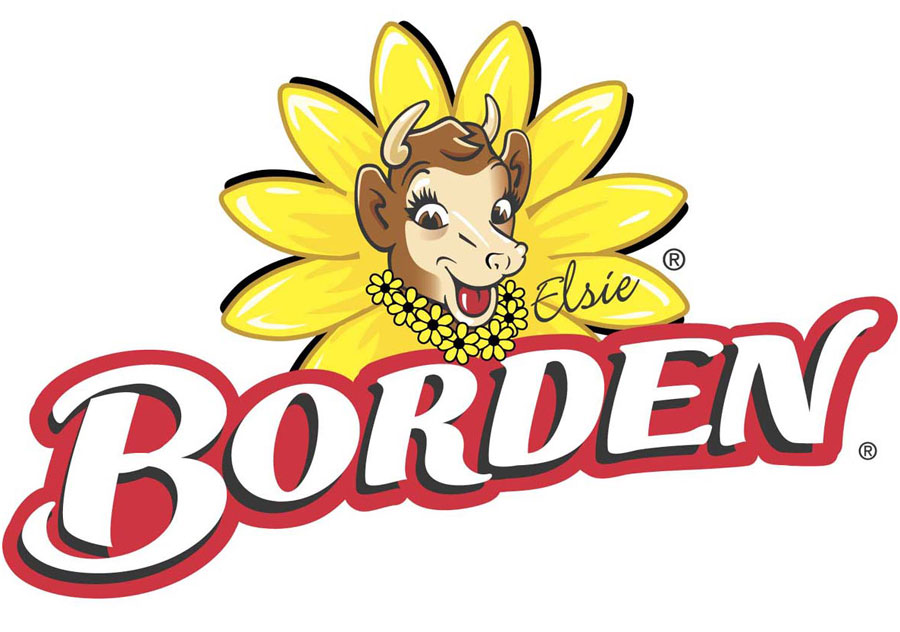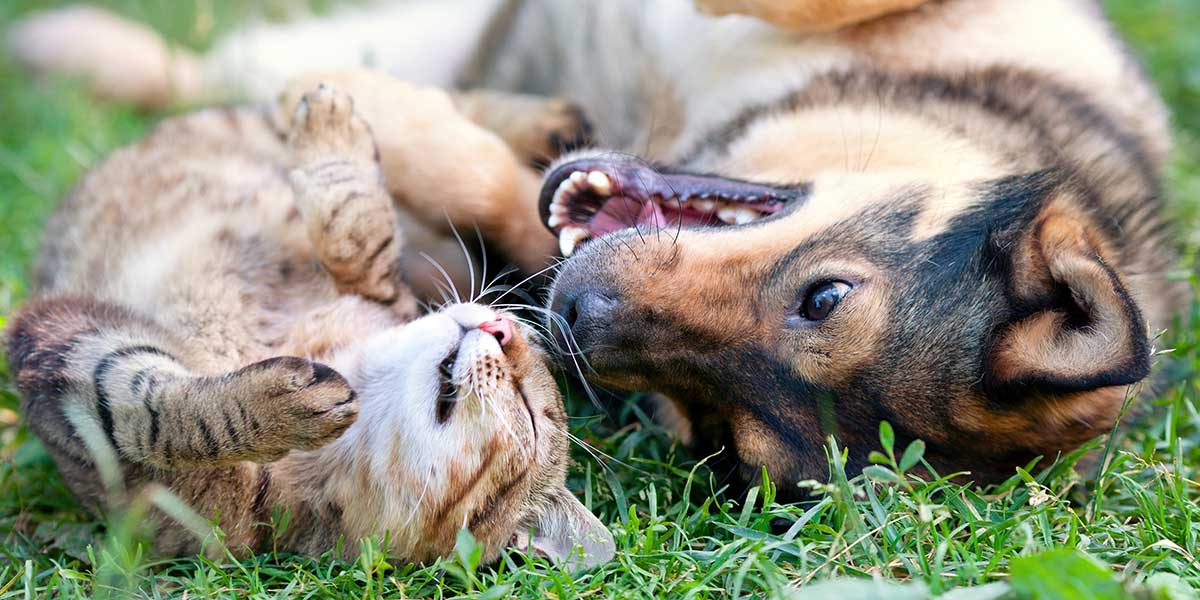Most people, when they think of cows, picture them in numbers grazing contentedly on rolling green hills. That is, the average person does not see them as individuals but in the plural as cattle, as part of a herd: nameless, indistinguishable one from another, a little un-fantastical, never to be acclaimed, and certainly not destined for “great things.” Once you’ve seen one cow, you’ve seen them all, right?
Yet, don’t be fooled by their seeming docility. As any cow-owner will tell you, each has in fact a distinct personality. And while most have remained anonymous throughout the long history of human-domesticated livestock, there are those that have made their name and achieved fame, if not notoriety—from Pauline Wayne, President Taft’s prized Holstein, who once grazed the grounds of 1600 Pennsylvania Avenue; to fearsome Ratón, the Spanish fighting bull responsible for the death and maiming of dozens of toreadors foolish enough to face him (hence the bull’s nickname, el toro asesino, “the killer bull”).
Here are five more brilliant bovines that have made their mark on history.
Mrs. O’Leary’s Cow

To quote an old Chicago folk song…
Late one night, when we were all in bed,
Mrs. O’Leary lit a lantern in the shed.
Her cow kicked it over, then winked her eye and said,
“There’ll be a hot time in the old town tonight!”
Perhaps the most notorious of all, Catherine O’Leary’s unnamed milk cow has been blamed for the catastrophic Great Chicago Fire of October 1871, which destroyed 2,000 acres of the city, leaving 300 people dead and another 100,000 homeless.
A reporter for the Chicago Tribune, Michael Ahern, claimed that the fire had started when a cow kicked over a lantern while it was being milked—only to admit years later that he had made up the story. (Talk about fake news!) A commission in the fire’s aftermath could determine no definitive cause, and the poor bovine was posthumously exonerated from blame in 1997. Yet to this day the legend persists that it was a cow that leveled Chicago.
Elsie the Cow

Readers of a certain age (a.k.a. “old”) will remember Elsie, the cartoon mascot of the now defunct Borden Dairy Company. Thing is, she wasn’t just a cartoon—there really was a living, breathing Elsie (1932–1941), a Jersey heifer born on a Massachusetts farm and actually named “You’ll Do Lobelia.” Conceived as an advertising gimmick in 1936 to promote the company’s rotary milking parlor invention, she made her first in-person appearance at the 1939 New York World’s Fair, which launched her into permanent fame.
She even made it onto the big screen, in the 1940 comedy film Little Men. In that same year, she married…
Elmer the Bull

This well-known character was created to serve as the brand mascot for Elmer’s Glue-All, originally produced by Borden’s chemical division. Though white as milk, Elmer’s is a synthetic resin glue. So what in the world does this have to do with cows (or bulls, for that matter)? Well, one of Borden’s earliest products was Casecorez Glue, which was manufactured from casein, a milk byproduct. Hence the connection between Elmer and glue.
Though Elmer may be one of the most recognized bovines in the world, alas he was totally fictional. (Which no doubt distressed poor Elsie!)
Babe the Blue Ox

Also fictional, Babe serves as sidekick to the legendary Paul Bunyan, a lumberjack of brobdingnagian stature and skill.
Circulated widely as oral tradition among loggers in the late 19th and early 20th centuries, tall tales of Paul and Babe’s superhuman exploits continue to hold a high place of honor in American folklore; and oversized (often oddly misshapen) statues honoring the pair dot the country’s landscape from sea to shining sea.
Nellie Jay

While Man flew to the moon in 1968, it was a Cow (according to Mother Goose) that first flew over it. Of course, that was just a nursery rhyme. But there really was a cow, a Guernsey named Nellie Jay, renowned as history’s first bovine to fly in an airplane.
An unusually prolific milk-producer, Nellie was flown on February 18, 1930 from her farm in Bismarck to St. Louis, Missouri, as part of a publicity stunt for the International Air Exposition. She was also milked in flight (another first!), producing 24 quarts.
The fresh, unpasteurized milk was then packaged in paper cartons and parachuted down to the spectators below.
They sure knew how to have fun in the olden days….
It may not make them famous…but at least with Ketchum Livestock Identification Tags you’ll be able to tell your ungulates apart!







